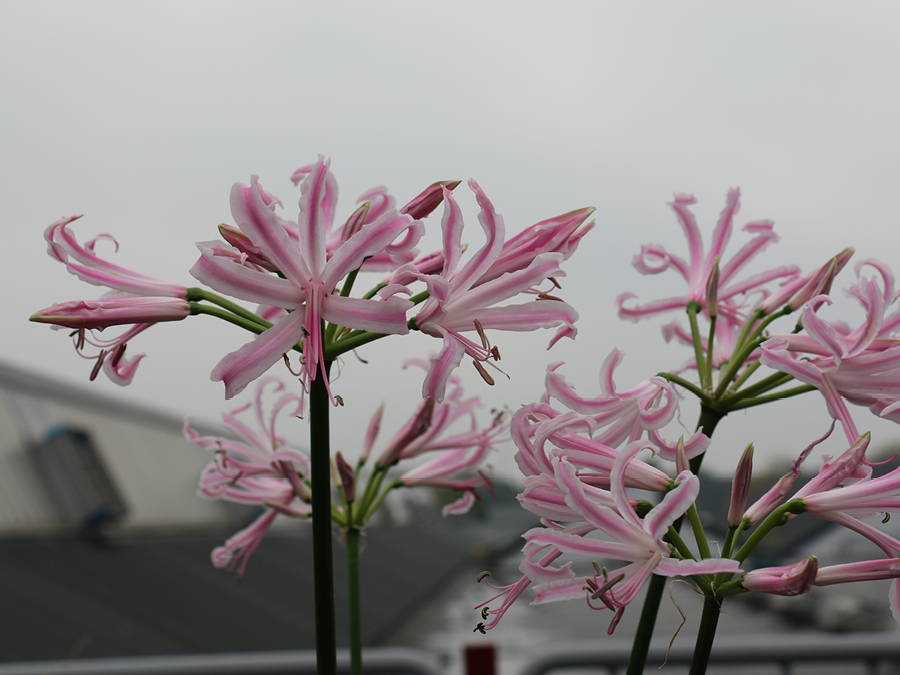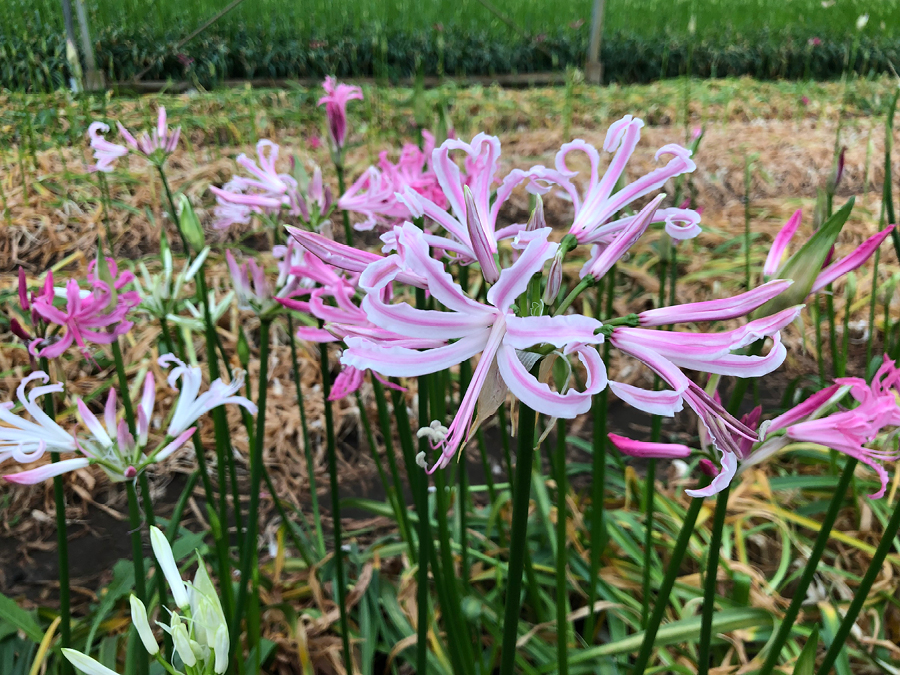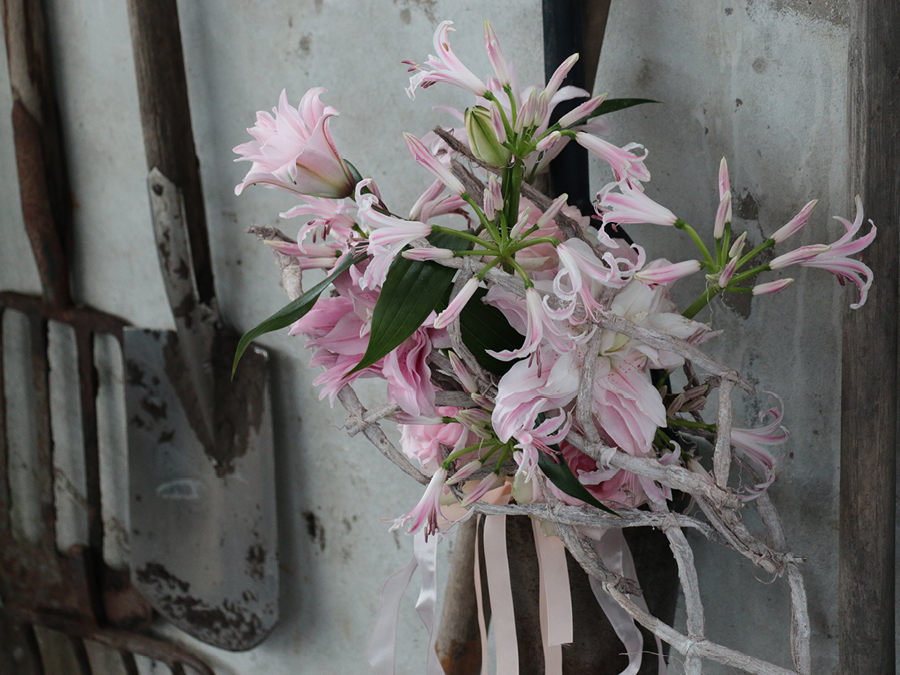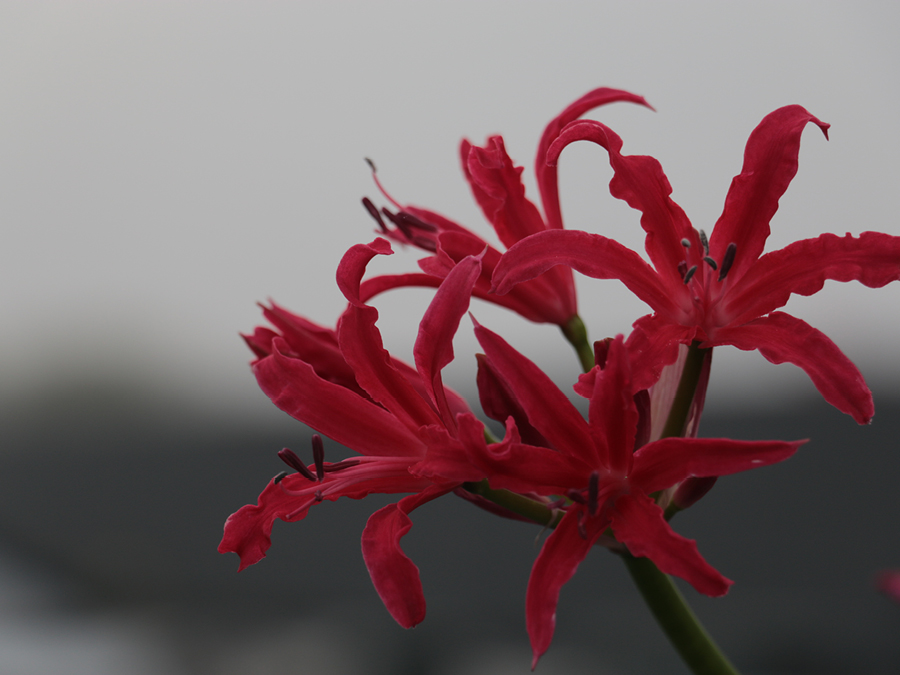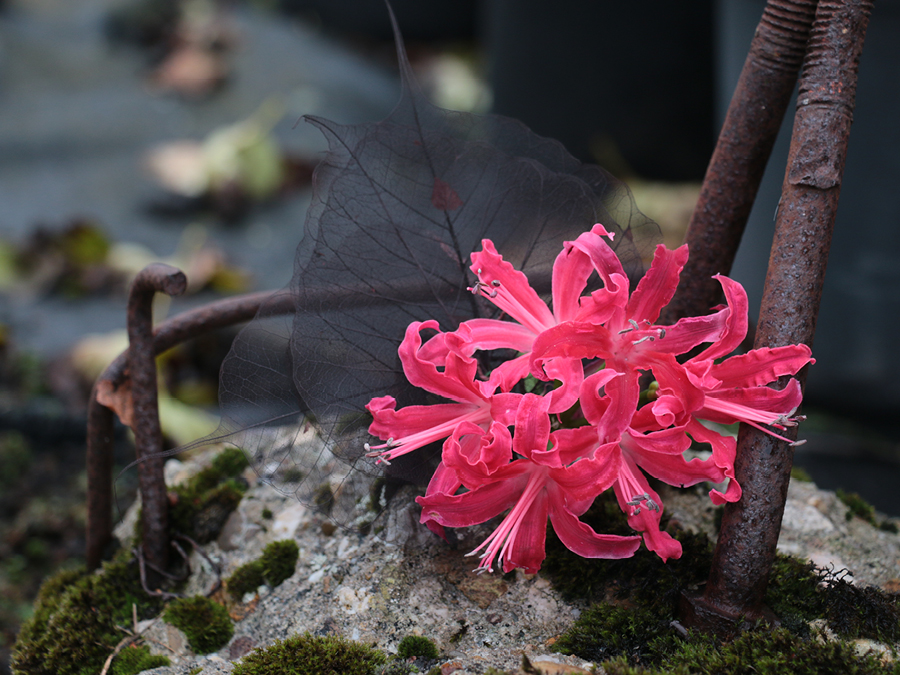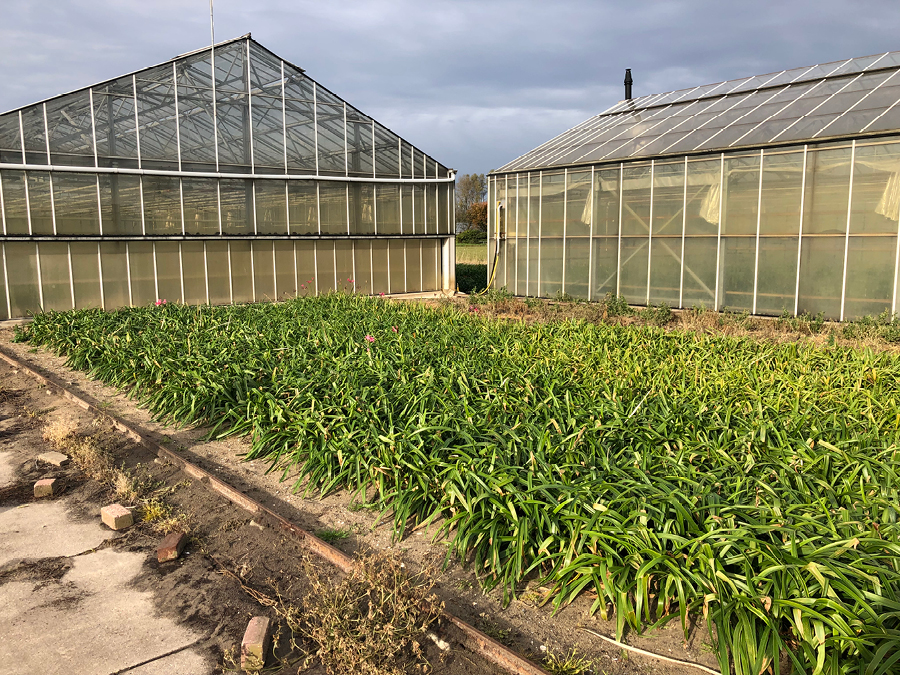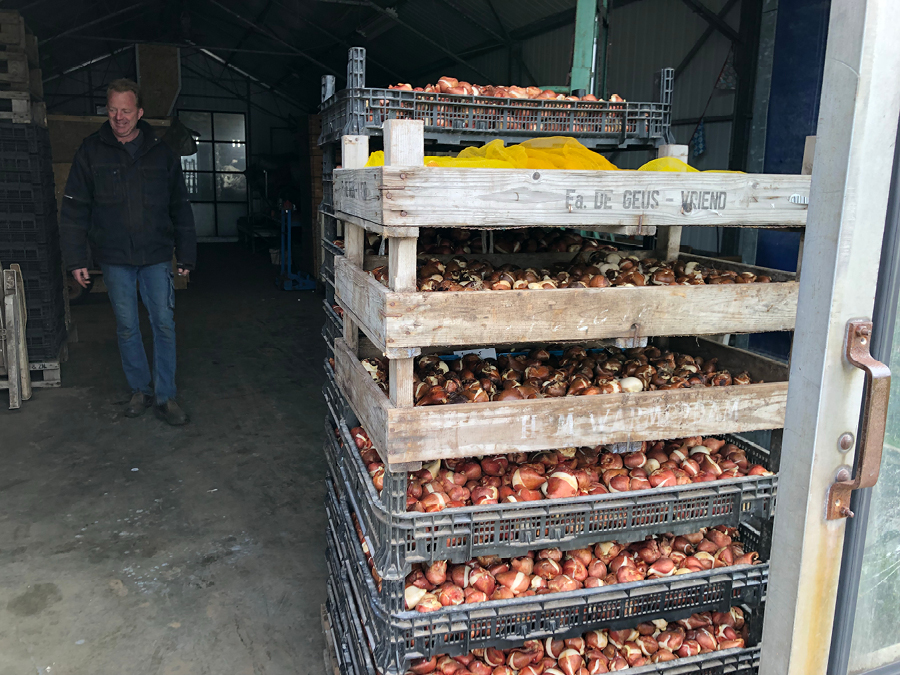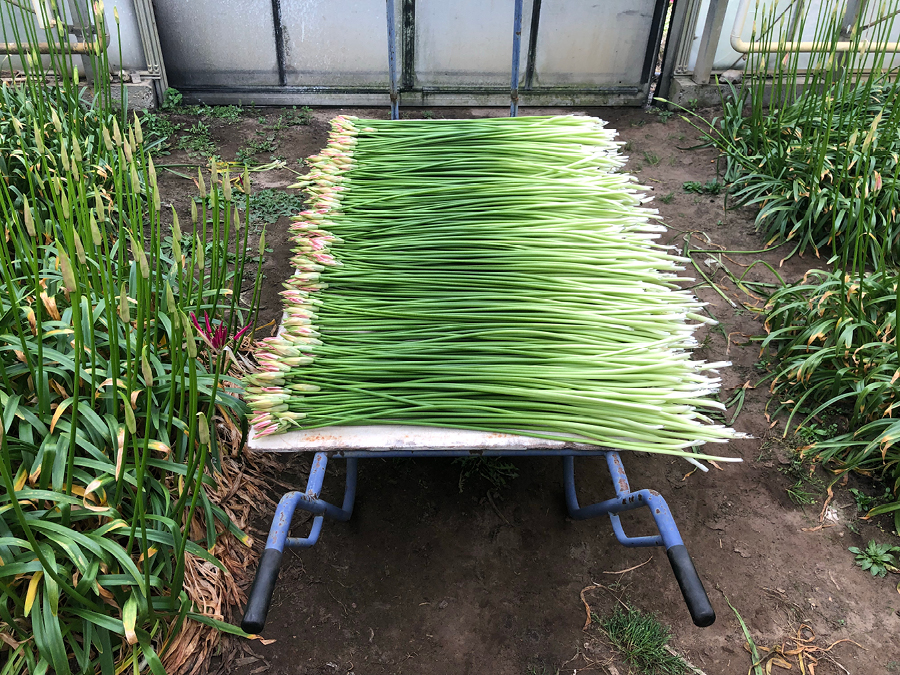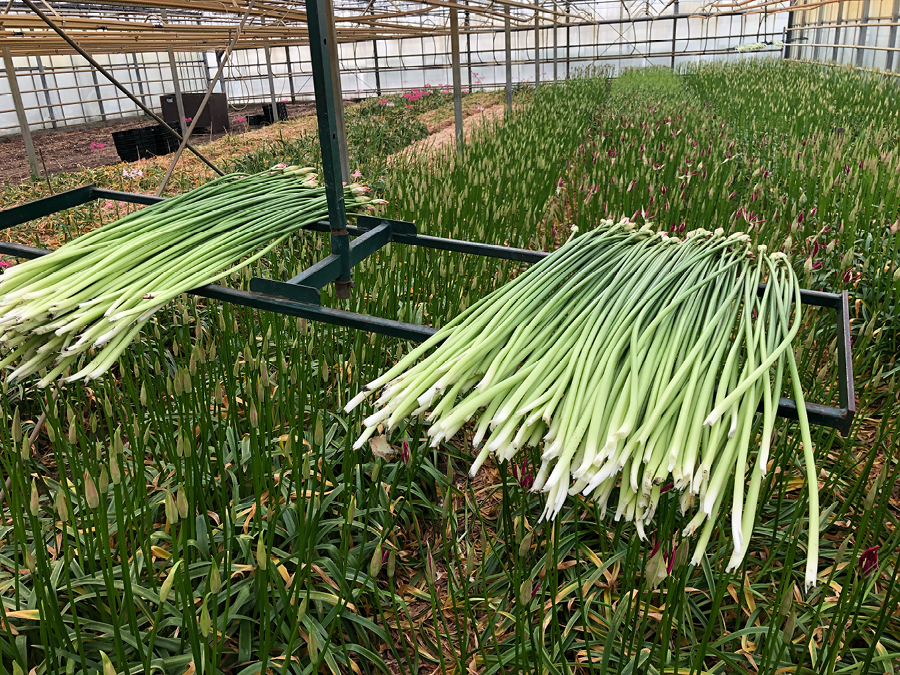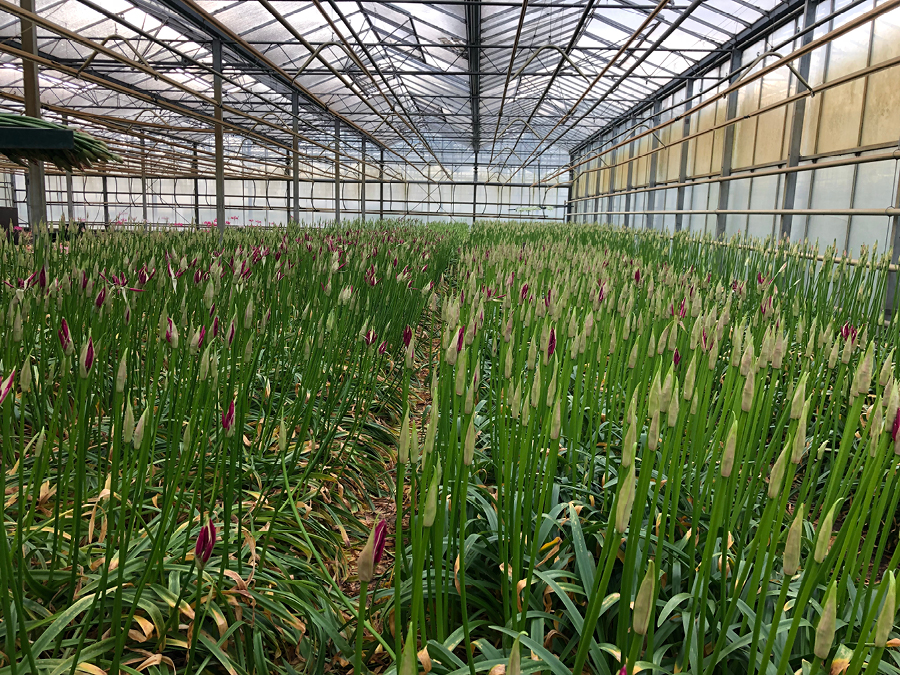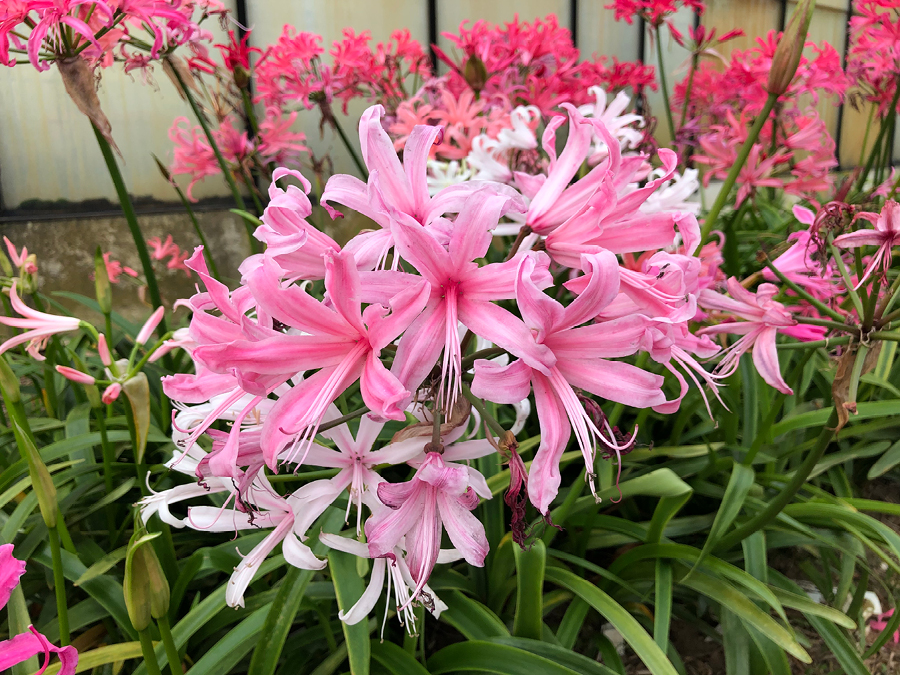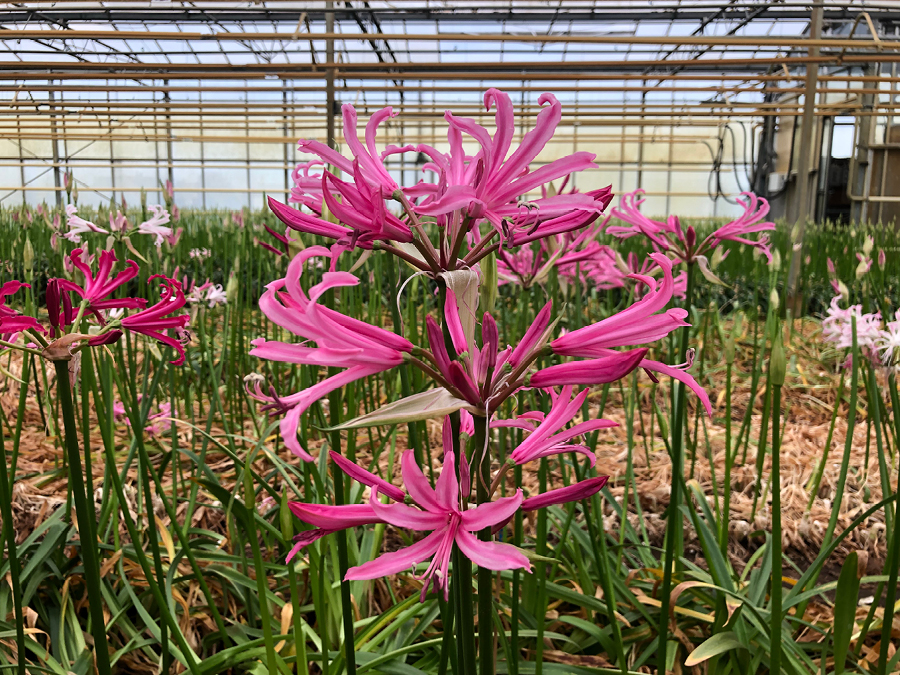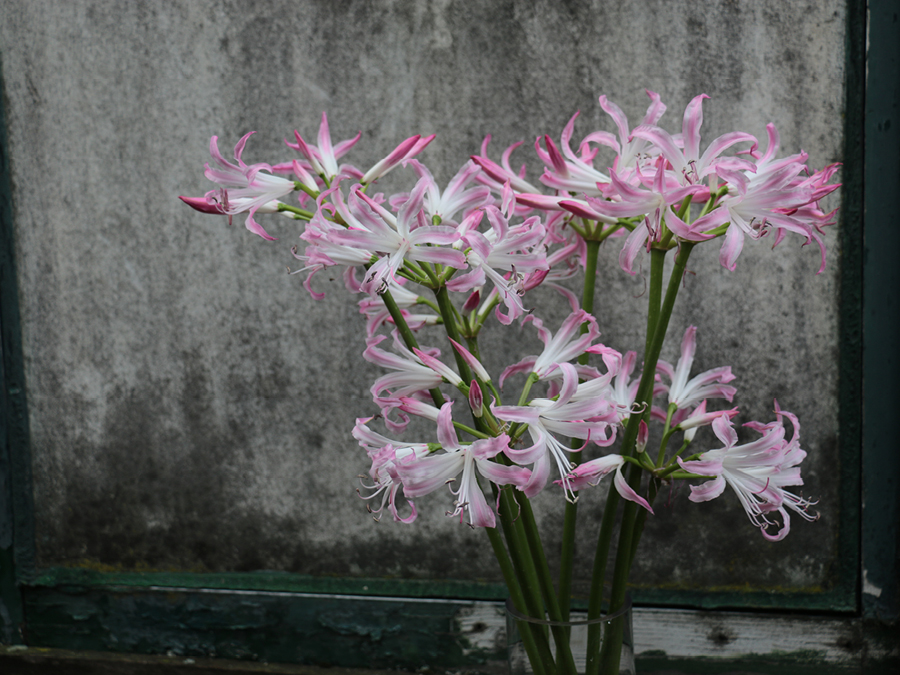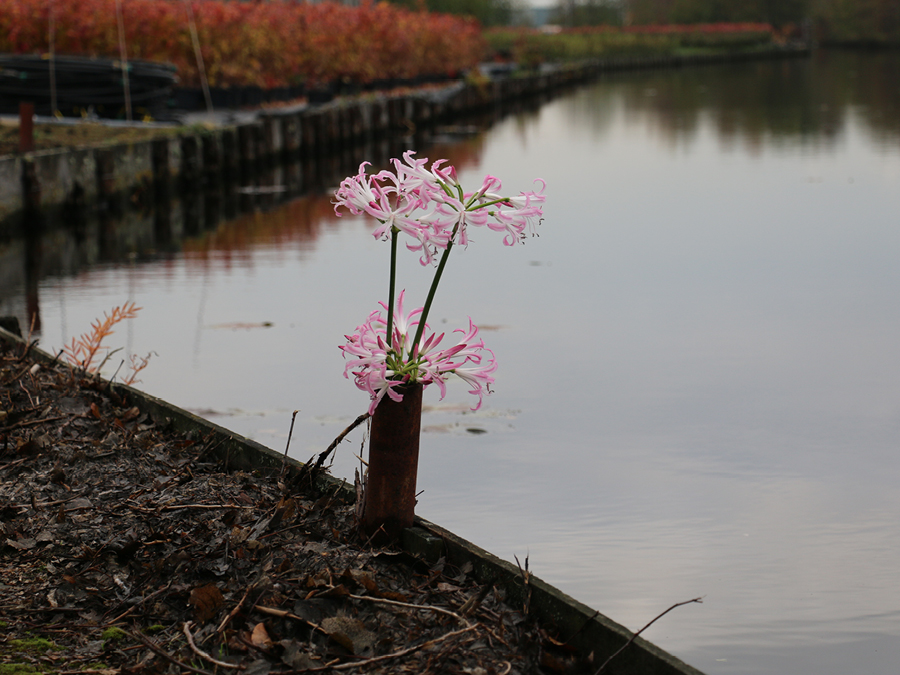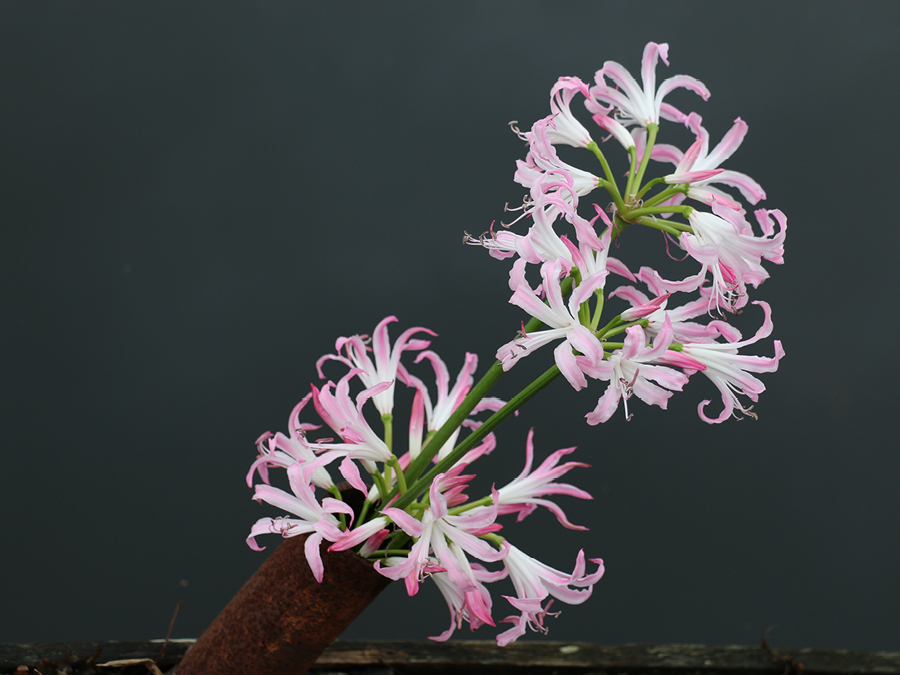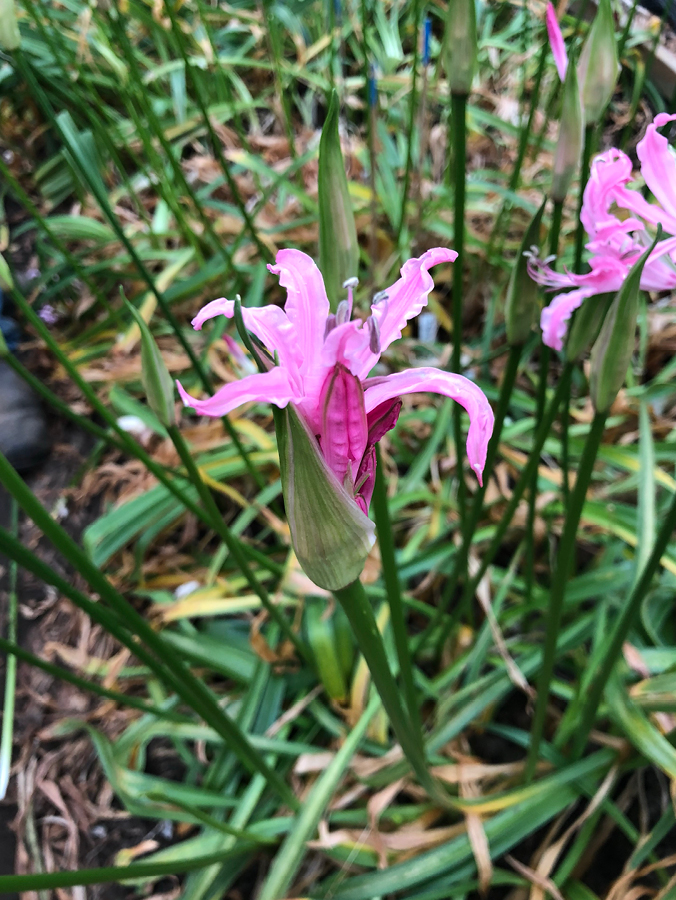This week at FloraPodium
Nerine bowdenii 'Berenice'
Calendar
Nerine 'Berenice' is available from September till December.
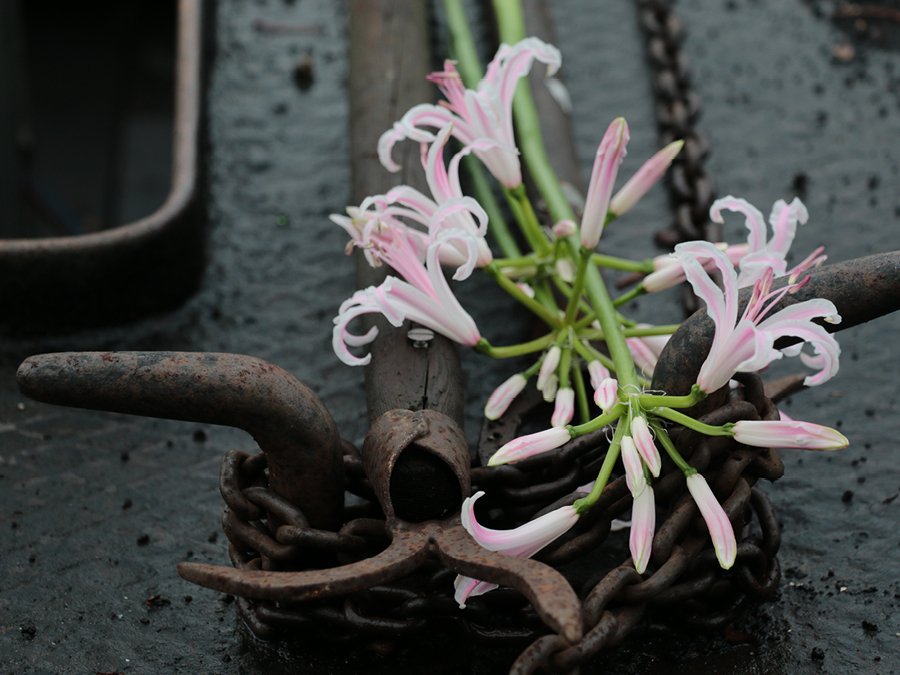
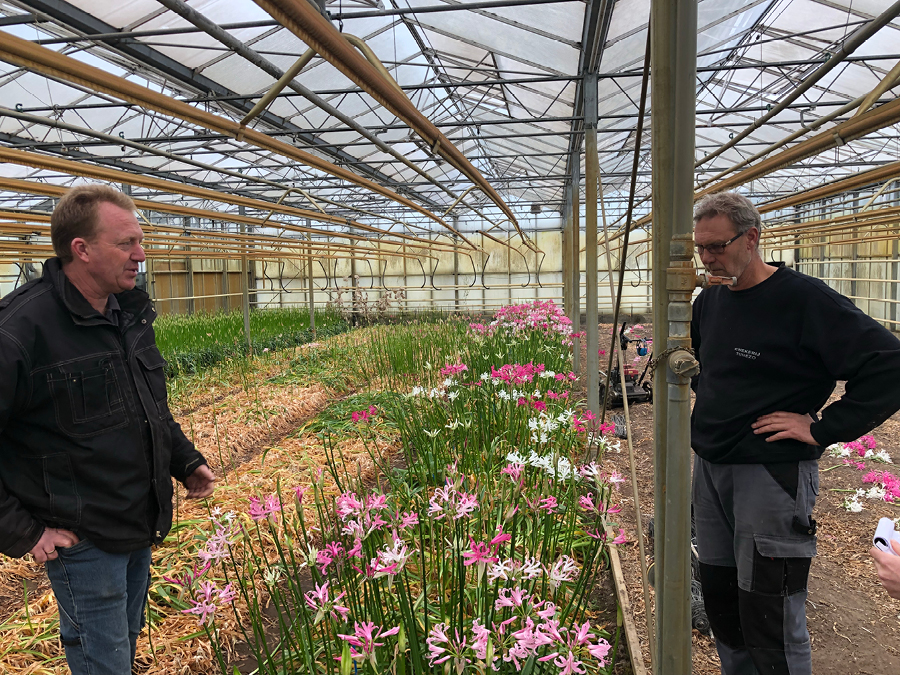
In the spotlights
For this week's product we visited Bas van Keulen and his neighbor Ben Jansen in Heemskerk. Both men are independent Nerine growers, but work very closely together.
Product with potential
In our eyes Nerine is an undervalued product that fortunately is becoming increasingly popular among florists. Bas explains: "10 years ago only the local florist came to pick up a few bunches of Nerine. Nerine is a typical Heemskerk product, 70% of the supply comes from this place. Now we see an ever increasing turnout of florists who complement their assortment with Nerine." The product is strong, with a long vase life and with its long stems it’s ideal for large flower arrangements. It’s a product with real potential, which only provides another good reason for FloraPodium to put this special product in the spotlight this week.
Nerine 'Berenice'
One of the men's favorite products is Nerine Bowdenii Berenice, a Nerine with a special story that we would like to share with you.
Janneke Brinkman is known in the Netherlands for her botanical drawings for the women's magazine 'Margriet'. She wanted to sign the Nerine for an edition. The men were approached for this by a florist.
For Janneke Brinkman the Nerine has become a bit of a family flower. When the men had a new variety (a beautiful 2-colored Nerine), they let this flower be 'baptized' by her. The flower is named after her granddaughter, who sadly died shortly after birth.
Berenice is available from September to December.
Collaboration
Bas van Keulen is a breeder and grower. His father started the company 60 years ago. In 1986/87 there were two colors of pink Nerine; at that time the standard Nerine color. But they got tired of it and it was time to introduce new colors. The colors white, light pink and salmon pink were introduced very carefully. The colors he now has are good. Developing more colors by crossing is actually no longer possible; instead they concentrate on improving the existing varieties. In addition to this challenge, Bas also wants to try to grow the Nerine all year round instead of only seasonally. He wants to specialize in one product, the Nerine. He has built a new greenhouse to realize this.
Ben Jansen is the owner of nursery Tunezo (Tulips, Nerine and Summer Flowers). He too has taken over the company from his father. Where Bas focuses more on breeding and growing larger numbers, Ben focuses more on selecting new varieties and growing these unique varieties on a smaller scale. The men have been working together closely for two years. They put new varieties on the market and take on new challenges in the field of cultivation techniques. How do you get the longest and thickest stems in the most sustainable way possible
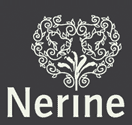
New products
Bas and Ben took us to their 'test bed', where they have about 100 kinds of Nerine in very small numbers. From this bed the men select the best varieties. First they look at the length of the stem. And how many flowers does a branch give? Are the stems thick, straight or crooked? Also the flowering percentage and the "presentation". A flower should not pop in the bud. This is not favorable for exports.
A new type of Nerine does not just occur. After the pollination has taken place, the seed is planted. This remains in the ground until the bulb is large enough. Only after three to four years does the first flower appear. It is always a surprise what color that is. If the bulb is large enough, it is used to breed. The test bed contains varieties that have been pollinated in 2010. Eight years later, there are enough bulbs to make a test bed. After the selection, it can take another two to four years, before a variety can be produced in larger numbers.
Besides the Berenice, the men are very enthusiastic about two other products, which we certainly want to mention.
Amor
Amor is a beautiful red Nerine from the Elegance line. The further the flower opens, the redder it becomes. True red is special in the Nerine species; it’s a difficult color to grow. Amor was grown from tissue culture 4 years ago. The first year it was grown in boxes but now Ben has a bed. The bulbs remain in the ground this year with cloths over them that protect the bulb from the frost. Next year, Ben will place a rolling glass house over them and the first flowers will go on sale. Available in 2019
Beautiful no name
Finally, the men want to highlight their latest Bowdenii variety. It doesn’t have a name yet, but they’re thinking about it. According to Ben, this product is "top, top, top".
A very nice bicolor, bright pink with white. "A beautiful drawing in the flower, there’s nothing like it yet!"
Also only available in 2019, from the end of September / beginning of October, about 300 stems to begin with.
FloraPodium, 14 November 2018
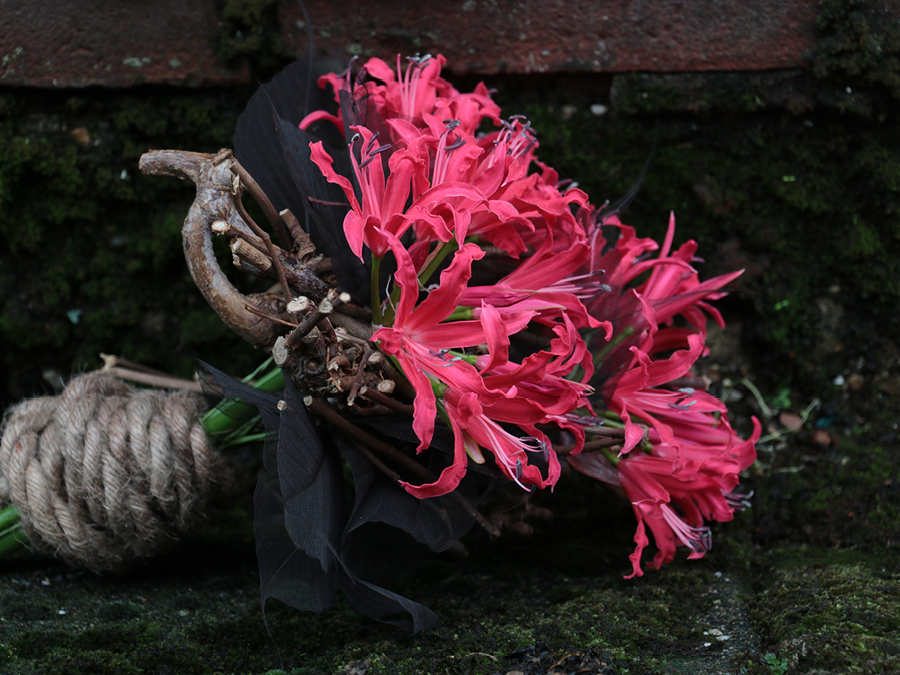
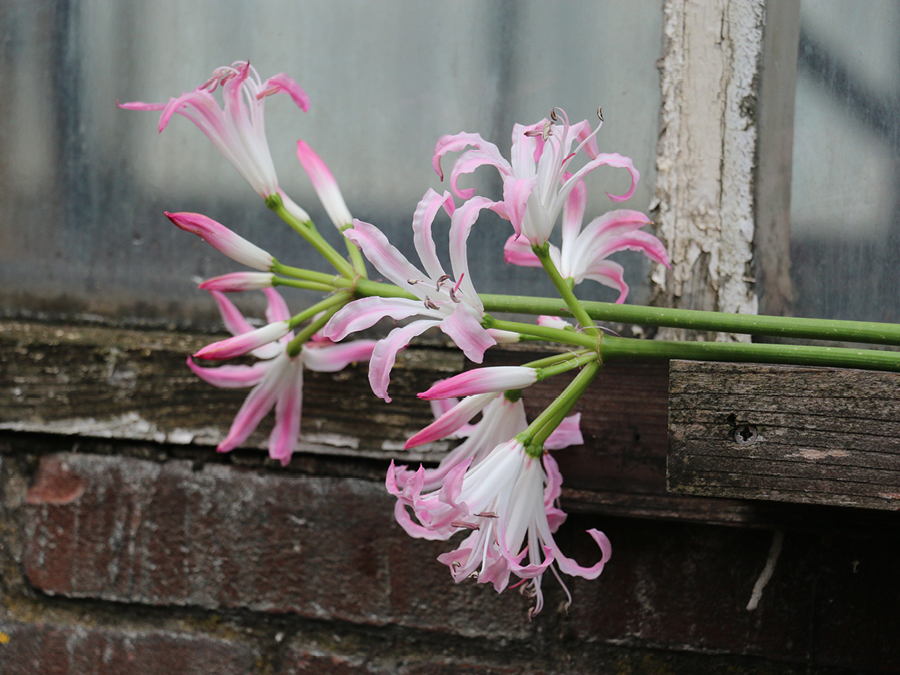
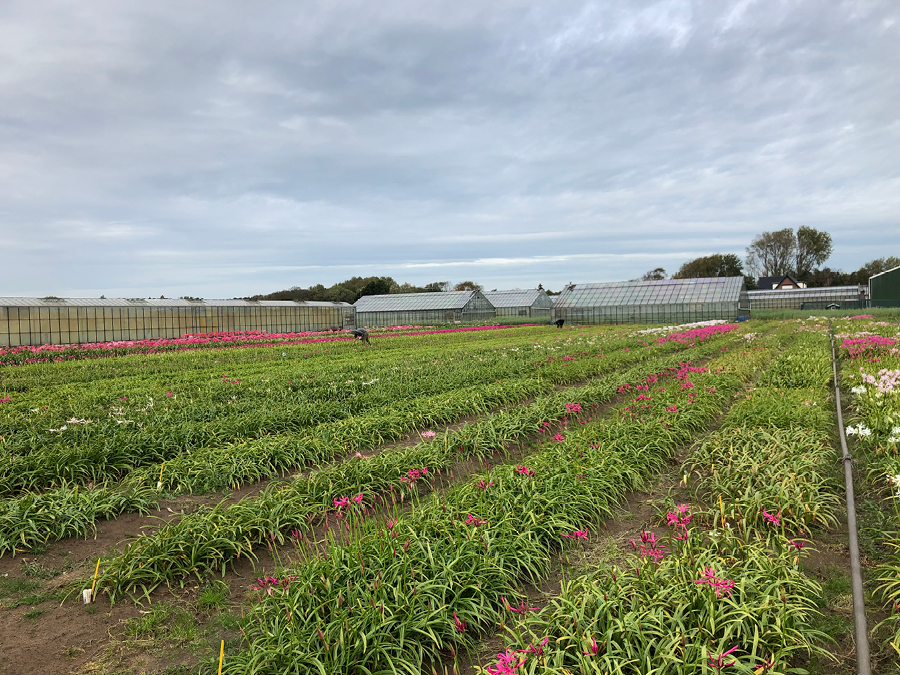
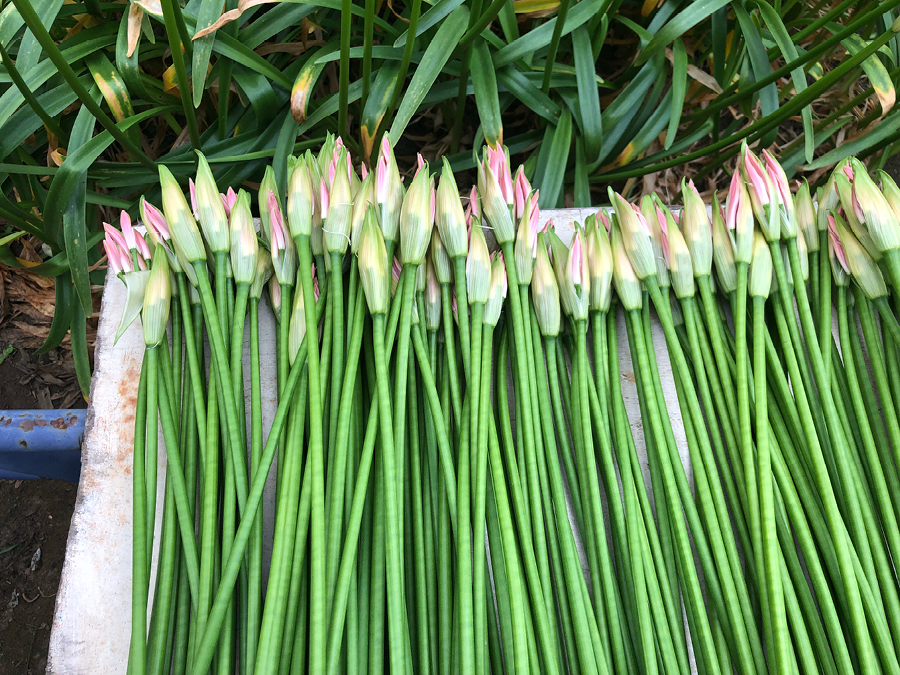
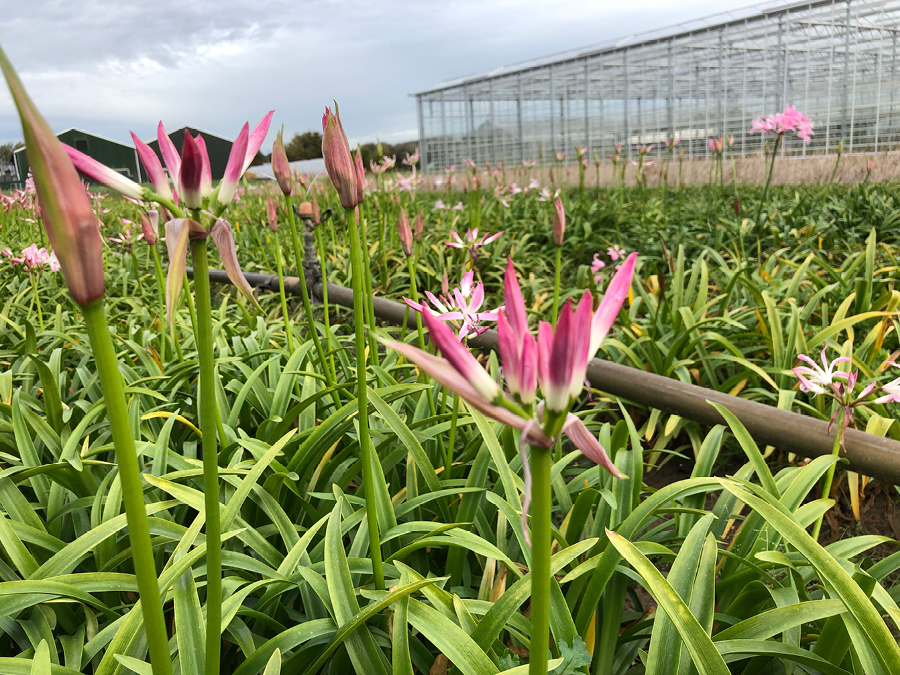
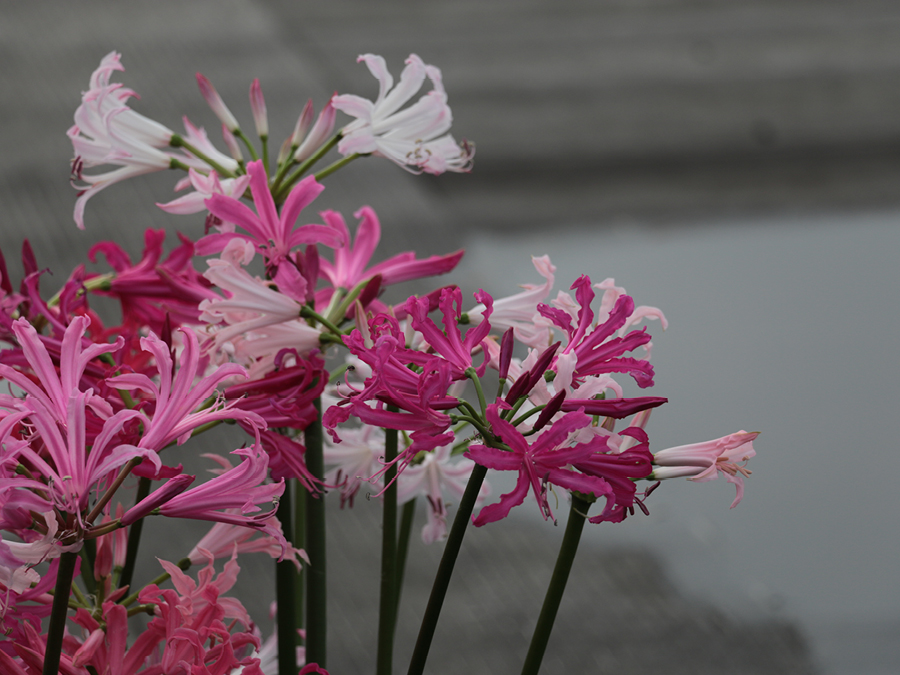
The cultivation
Nerine is a fairly sustainable crop of its own. It’s strong, does not really need pesticides and does not need much heating to grow. The Nerine has become increasingly popular in recent years. There is more and more color and variety and the flower is perfect for the current bouquet-picking trend.
Two lines
Bas and Ben grow both the Elegance line, which is mainly grown outside, and the Bowdenii line, which is grown indoors. The biggest difference is the length. The Elegance is no longer than 50-60 cm because it is grown outside. The Bowdenii line, however, can reach 80 cm. The growth of the bulb itself always happens outside.
Cultivation process
After the bulbs have been planted, it takes about five to six months before the flowers can be harvested. Then the flowers have a so-called outgrowth of one to two months. A new bud must first develop in the bulb before the bulbs can be harvested. Once cleared, the clusters are removed, the bulbs are cleaned and stored in a cold cell of two degrees Celsius. The men are very careful with the clusters, especially with the small and unique species. Eventually they will be the new bulbs.
Enthusiasm and passion
When asked why the men grow this product and what makes this product so special, Ben responded very enthusiastically. He sees himself as a real professional who passionately does his job. Planting the bulbs makes him happy and in his mind he can already see the result. In addition, both men think the Nerine itself is a very nice product. It’s not a product for the masses, but for the exclusive market. It’s a cultivation with a challenge, but the appreciation they get with this product is worth it!
Many exports to Japan
The flower is not very well known to the consumer. Certainly not if the flowers are still very raw when they reach the store, as many export clients like to order them. The Nerine is exported a lot, especially to Japan. "Actually,” Bas says," it is much better to cut the flower a bit more mature. The flower gets a lot more nutrition from the bulb and then the flower has a much longer vase life ". The men cut the flower at a somewhat more mature stage for the domestic and European market.
Why to Japan?
Nerine is a variety of Japanese Lycoris Radiata. In Japan, the Lycoris symbolizes misfortune and is an evil flower. They call the flower "Higan-bana", which literally means "flower of the world of dead people". There are several reasons for this.
Lycoris grows in Japan in the Higan period; one of the Japanese Buddhism ceremonies. During the Higan period, the world of dead people comes closest to the world of living people. In addition, the Lycoris was formerly planted at graves. The Lycoris bulbs are poisonous, which protect the graves from the wild animals.
Nerine is therefore not as popular among the older generation in Japan as it is one of the Lycoris varieties. For the current generation, however, this negativity is broken by a new name "Diamond Lily".
The September / October period is the wedding season in Japan. The image of "Diamond" and delicate petals is fully aligned with the demand in wedding affairs. There is little supply in flower varieties during this period because the season changes from summer to autumn.
Nerine is very popular during this period but there are no big Nerine growers in Japan because the flowers were considered bad luck for such a long time. Therefore, to meet demand, the majority of the Nerines must come from abroad.

